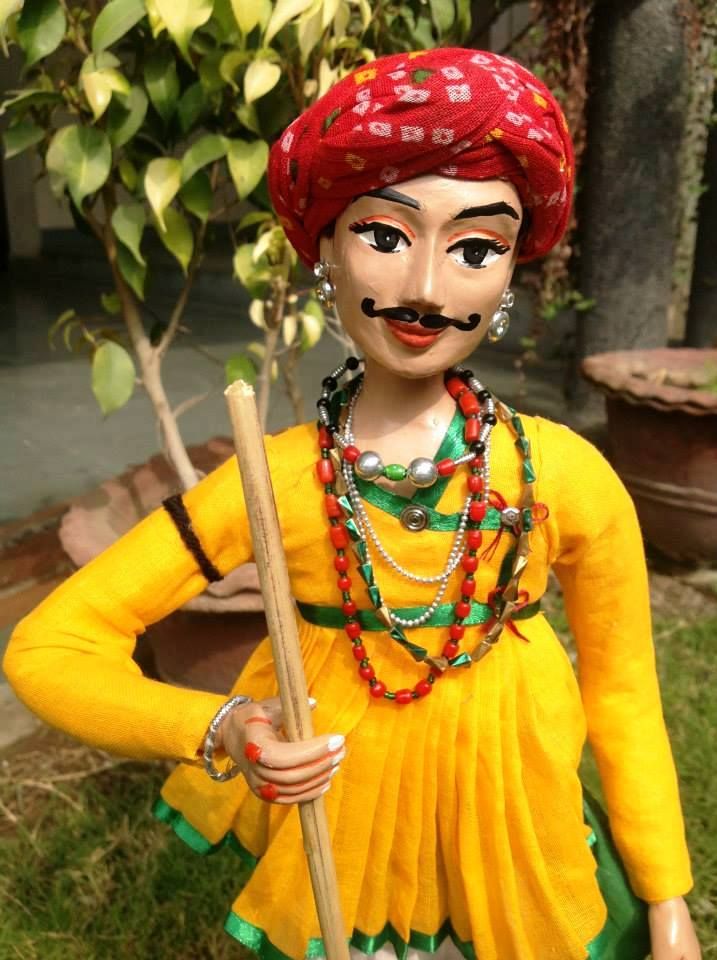
Paper Crafts, Papier Mache, Writing Accessories, POP, Stucco, Cement Work
Papier Mache and Plaster of Paris of Gujarat
The art of papier-mache is said to have come from Samarkhand to India in the time of Timur Lane, in the fourteenth-fifteenth centuries. The base of this craft is paper pulp coarsely mashed and mixed with copper sulphate and rice-flour paste. The figure is given shape by covering it with thin papers and then with layers of this mixture. The designers then sketch the designs intricately on the surface. Finally it is laquered and polished in bright colours.
Figures and statues in a variety of shapes and sizes are made using papier mache and plaster of Paris. Plaster of Paris or paper solution is poured into rubber moulds; it sets in an hour and can then be separated from the mould. The figure is then finished with paints. Status of gods and goddesses, birds, animals, toys, and other decorative items are crafted. The craft is concentrated in Banaskantha district, Ahmedabad, Rajkot, and Junagadh.
YOUR VIEWS
PRACTITIONERS: INDIA
Access 70,000+ practitioners in 2500+ crafts across India.
BIBLIOGRAPHY
10,000+ listings on arts, crafts, design, heritage, culture etc.
GLOSSARY
Rich and often unfamiliar vocabulary of crafts and textiles.
SHOP at India InCH
Needs to be written.





